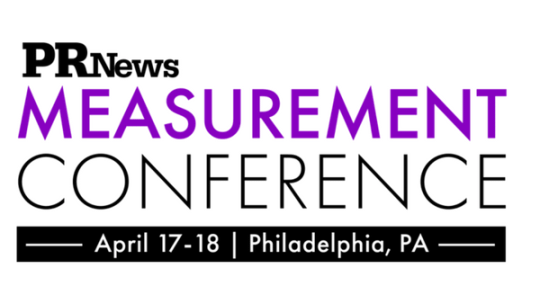
PR News' Measurement Hall of Fame members have a thing about data or, rather, a thing about the casual disregard of data by some PR practitioners. Few things aggravate them more than PR pros who worry openly about proving the value of communications efforts yet shy away from taking the first steps toward using data to inform their work and show the effect of their work on an organization's business goals.
Measurement Hall of Famer Mark Weiner (class of 2013), for example, wastes little time in contacting the editorial staff at PR News if a source in one of our articles or a contributing author says that advertising value equivalents (AVEs) still have their place as a communications metric (see the Barcelona Principles 2.0 for where the Hall of Famers stand on this concept).
In PR News' Book of PR Measurement Strategies & Tactics, Weiner, CEO of PRIME Research, takes it upon himself to move the PR practitioners just a little bit closer to its data-enhanced future with these four data-focused guidelines:
1. An algorithm is different from an insight. Computers enable people to manage routine tasks with speed and consistency, but they are absolutely literal. Technology does exactly what we tell it to do. This precision offers positives and negatives, since relationship building can be a messy business. So, while algorithms generate data quickly and inexpensively, they offer no understanding, intuition or context. Technology feeds big data, but humans drive understanding, interpretive analysis and strategy.
2. “Inquiry-based” research is different from “response-driven” research. Just as one-way “push” communication must evolve, so must the research we use for planning and evaluation. Some traditional modes of market research are threatened in the big data environment. Focus groups provide excellent directional views on customer opinion, but they lack the predictive insight of quantitative approaches. Quantitative approaches may be projectable, but they are limited by the rigidity of the survey instrument, which can inhibit spontaneous remarks.
3. “Real time” is different from “right time.” Real time is essential for call centers and customer help desks where the process (and the response) is more formulaic. However, complex reputational issues require more than just speed. It may be more helpful to move at the speed of the decision-making within your organization. The best decision is not necessarily the fastest one.
4. Your daily public relations activity may be your best research. Smart PR people use data analysis to conduct controlled experiments, which drive narrower segmentation and tailored messaging.
Join the data revolution! Attend PR News' Measurement Conference April 17-18, 2018, in Philadelphia.
Follow Steve Goldstein: @SGoldsteinAI
